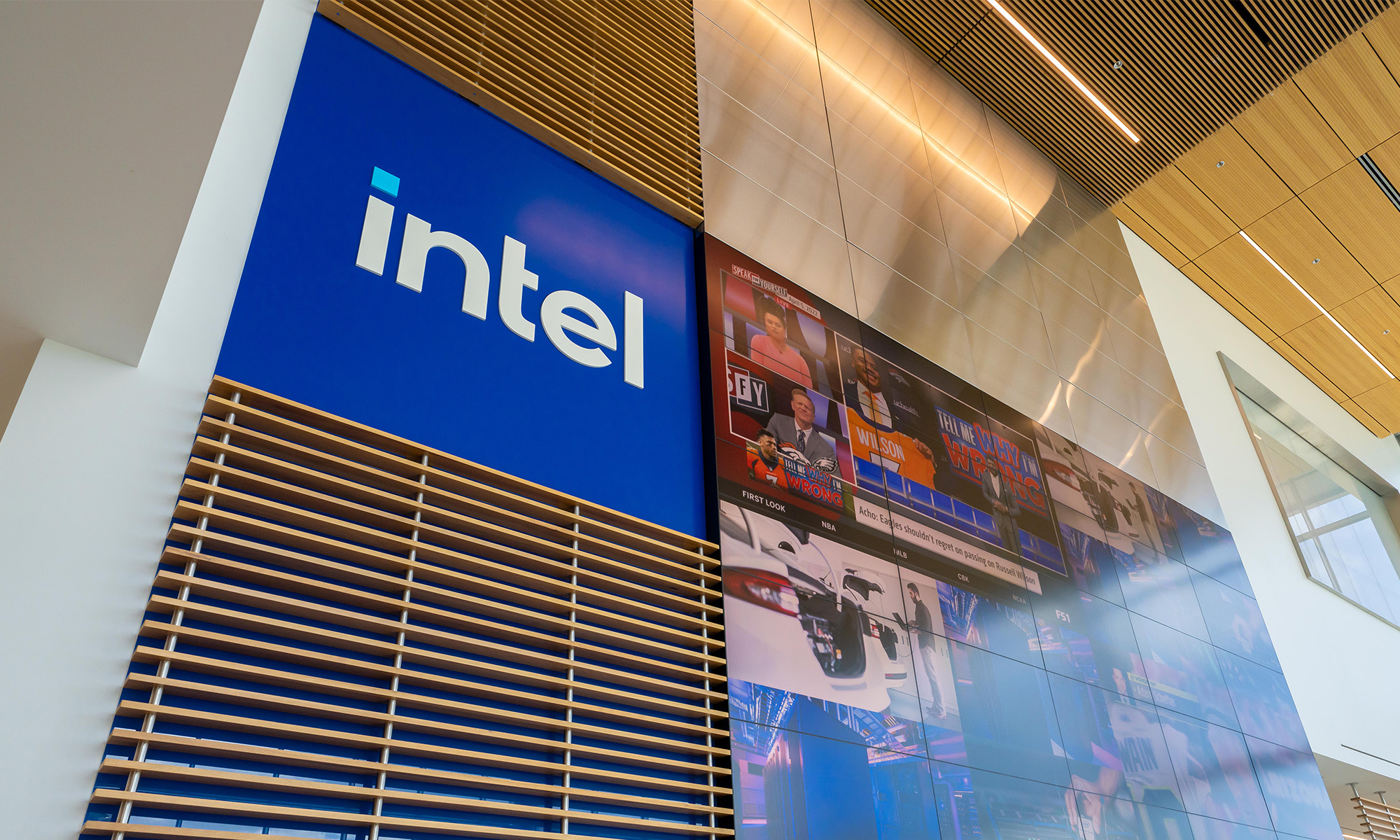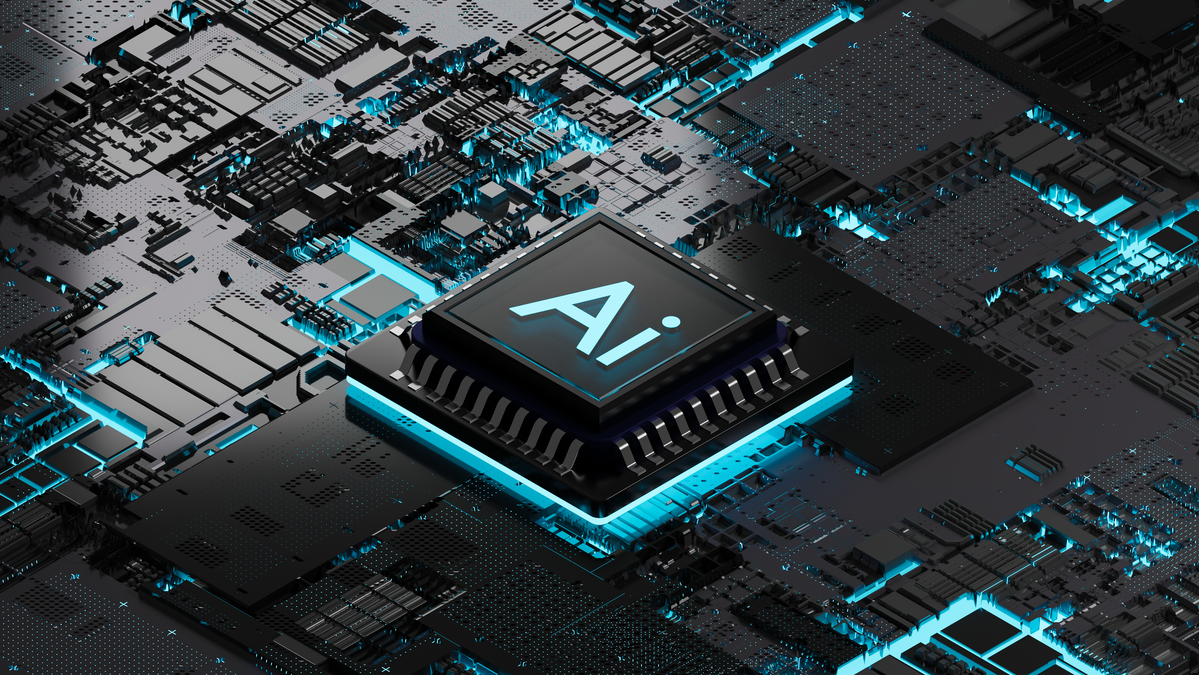Back in January, at the the Consumer Electronics Show, Intel (INTC 0.82%) introduced a system on a chip (SoC) that fit into a chip board the size of an SD card. The company said the Edison chip board would power future Internet of Things, called IoT, and much of Intel's future in wearable devices depends on it.
That's why when Intel said last week that it's going to expand the size of Edison, it was a step in the right direction. Intel needs to remain flexible with its IoT offerings and wearable applications, and the slightly bigger Edison will do just that.

The little chip, that's getting a bit bigger. Source: Intel.
What this little board does
Edison was originally a low-power 22 nanometer board with a dual-core Quark processor and integrated Wi-Fi and Bluetooth.
Intel CEO, Brian Krzanich, said at CES that the processor on Edison, called Quark, is five times smaller than its Atom processor, but 10 times as powerful. Quark is capable of powering nearly any device, from computers to phones, tablets and even things like coffee makers for the Internet of Things.
The recent expansion of the Edison board will initially replace the Quark processor with Intel's Atom chip. But investors shouldn't be concerned.
Why bigger is better
Intel is expanding the size of Edison by just one millimeter on all four sides, which vastly expands its capabilities. By adding just a little in size, Intel can now add the more powerful Atom chip and more sensor capabilities.
That's an important distinction between the new and old Edison, considering that both the wearable industry and IoT devices rely on sensors technology to be seen and communicate with their surroundings. Meanwhile, Edison is still expected to consume small amounts of power.
Just gearing up
Intel is still at the very beginning stages of entering into the IoT market, as are many other chipmakers. Qualcomm (QCOM +0.56%) is the leading mobile chipmaker and has already introduced software for the Internet of Things called AllJoyn. The company also introduced a new chip less than six months ago called Qualcomm Internet Processor (IPQ). The new IPQs are a new line-up of low-power chipsets aimed at creating robust connected homes. Qualcomm's move into IoT stems from its purchase of a company called Atheros for $3.1 billion a few years ago.
Qualcomm's advantage is that it's a current leader in the mobile space, with its chips powering many high-end smart devices. The company can likely parlay its current technology and original equipment manufacturer relationships into the wearables and IoT industries a bit easier than Intel, which should be a bit of a concern for Intel investors.
But Intel just made its own move into wearables and IoT with its purchase of smartwatch maker BASIS Science. Mike Bell, Intel's vice president and general manager of the company's New Devices Group, said in a statement that, "The acquisition of BASIS Science provides immediate entry into the market with a leader in health tracking for wearable devices."
As Intel moves into new areas of the Internet of Things and wearables, the larger Edison board should be a cornerstone of the company, and hopefully new gains for investors. It's larger size opens up new applications at a time when Intel needs every new opportunity it can get.






